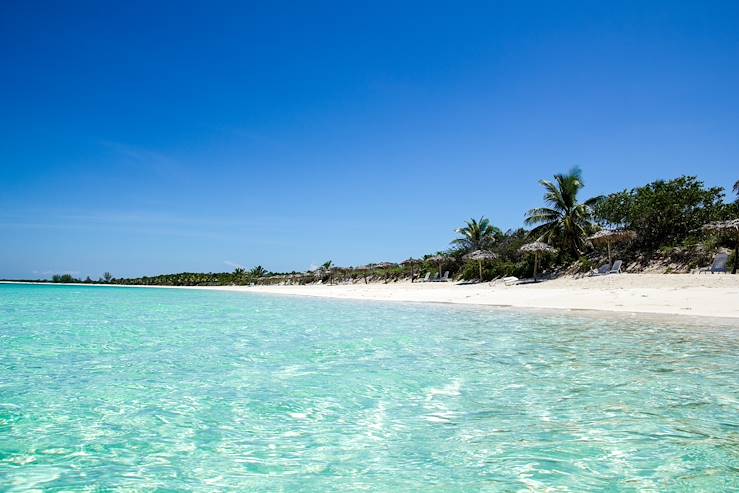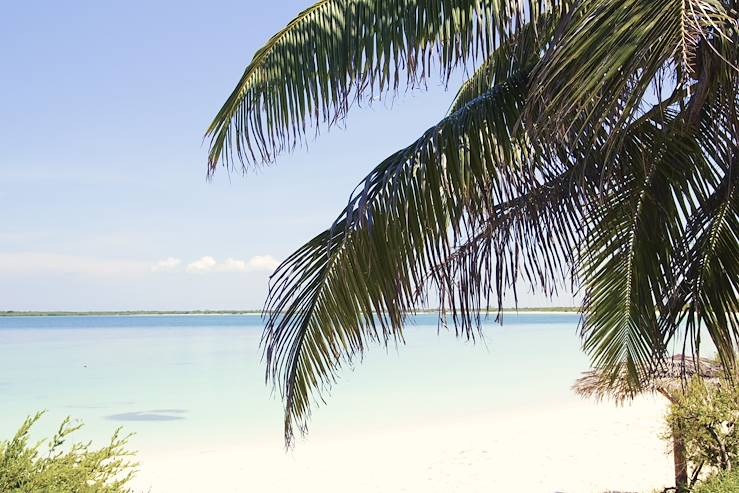Between the bustle of the Cuba's capital, Havana, and the idyllic beaches of the western coast lies the fertile valley region of Western Cuba. Here you'll find the dome-shaped hills of Viñales, the heavenly island retreat of Caya Levisa and Pinar del Rio, lush with tobacco and banana plantations, rural homesteads and strikingly unusual scenery.
What can you find in Western Cuba that you won't find anywhere else?
Viñales, designated a UNESCO World Heritage Site in 1999, is the finest example of a karst valley in Cuba, where mogotes - soaring dome-shaped hills with rounded tops and steep slopes - punch out of the flat surface of the valley in which they stand. These unique natural landmarks make the area - already beautiful and charming - even more interesting and memorable. Old-fashioned farming methods are still used in Viñales, notably to grow tobacco. The local population is an ethnic mix and as you walk through the countryside, you'll see oxen, wooden hand carts, and tiny scattered dwellings among the palm trees and patchwork fields.
Other attractions in Viñales include the Museo Municipal, Casa de Caridad Botanical Gardens, Museo Paleontológico, and the nearby caves in Valle de Viñales National Park which were once used as refuges for runaway slaves but now have new life - there is even a cave which doubles up as a nightclub for those looking for a little nocturnal action!
The otherworldly scenery is continued in Pinar del Rio, where tobacco plantations mix with frenetic nightlife and interesting, if odd, architecture. Northwards, off the coast, lie the islands of the Colorado Archipelago, where we recommend a stay on Cayo Levisa. The island has just one simple hotel and a private beach to go with it, perfect for a few days of beach bliss at the end of your Cuba holiday.







